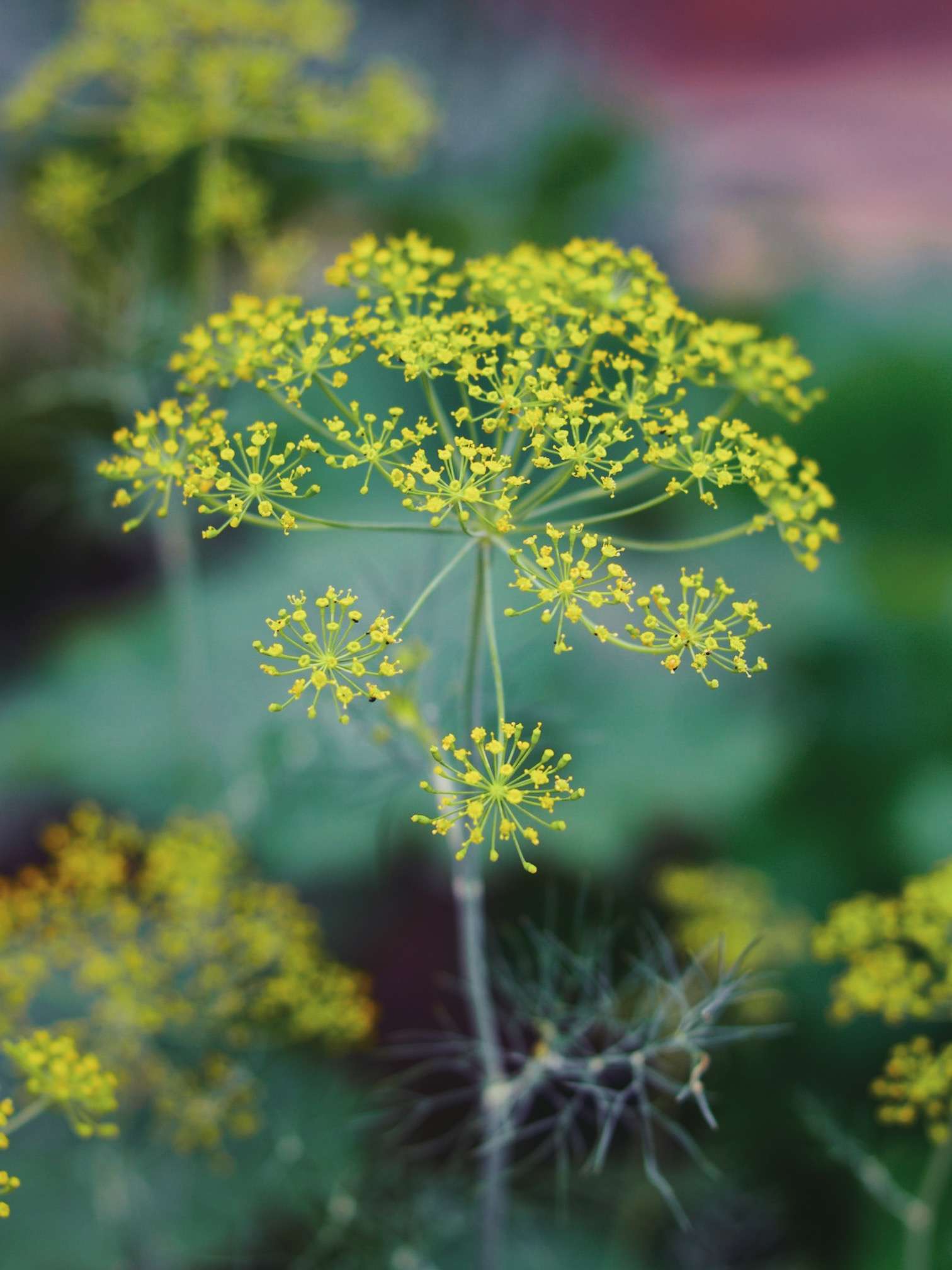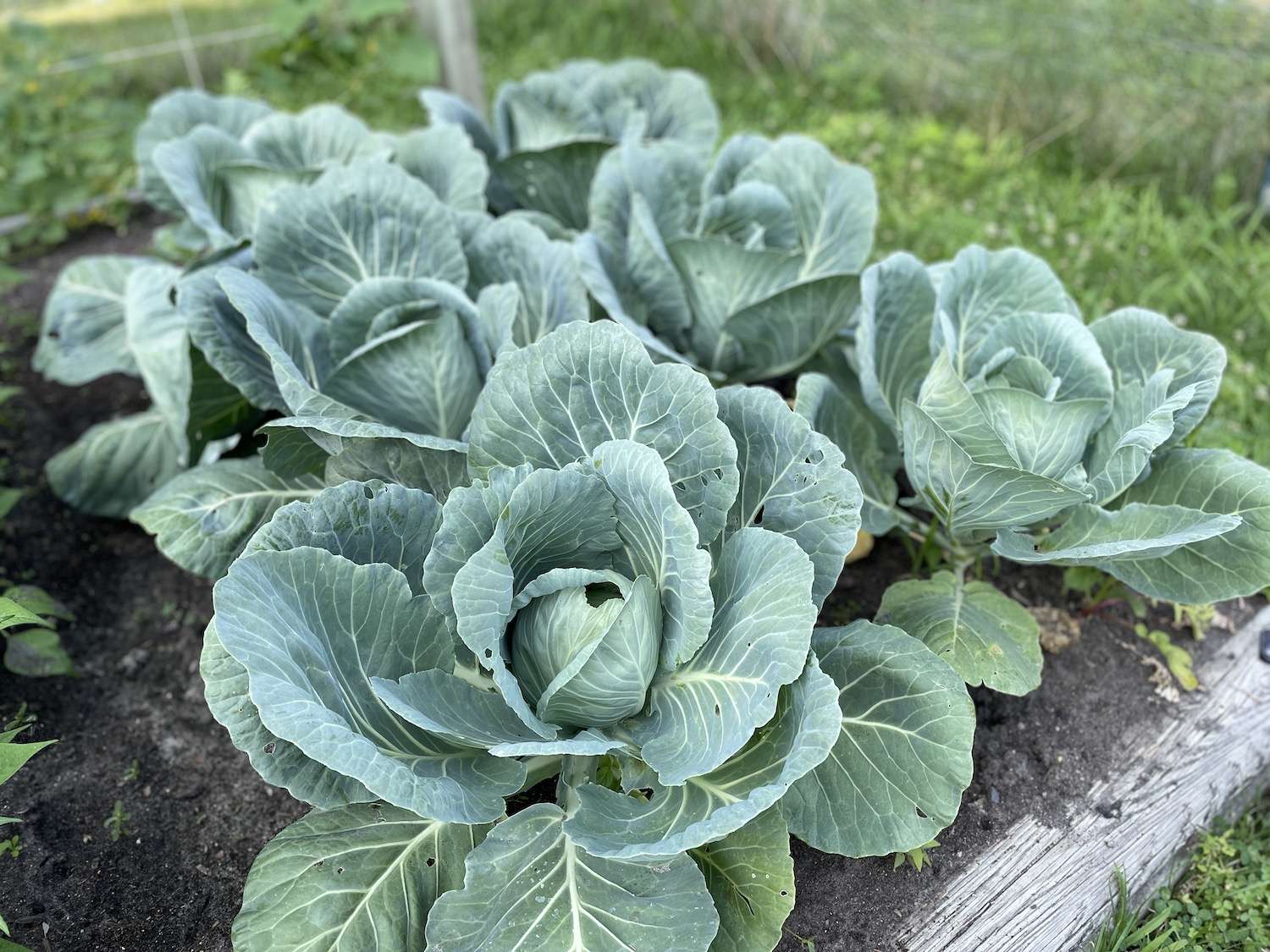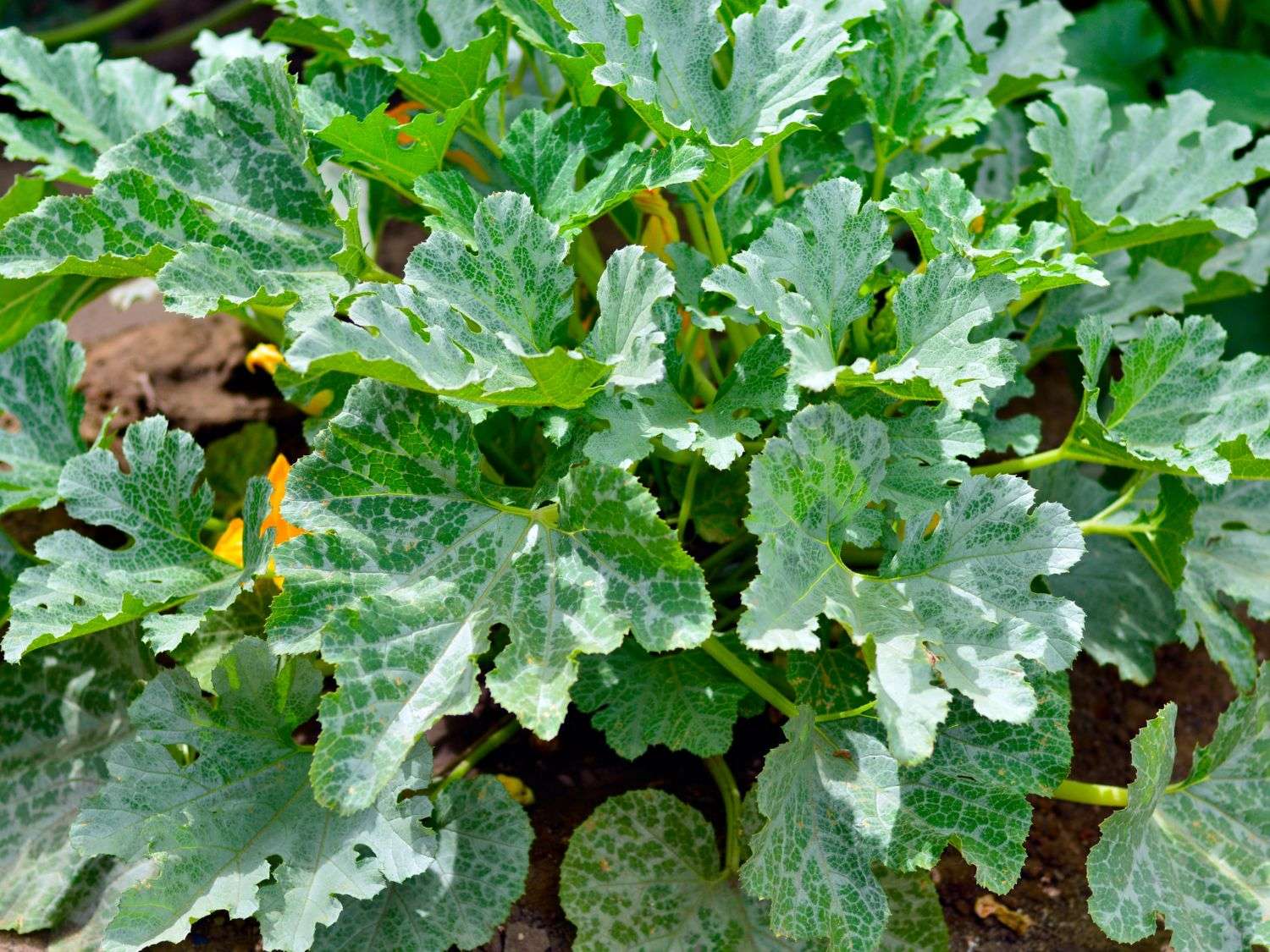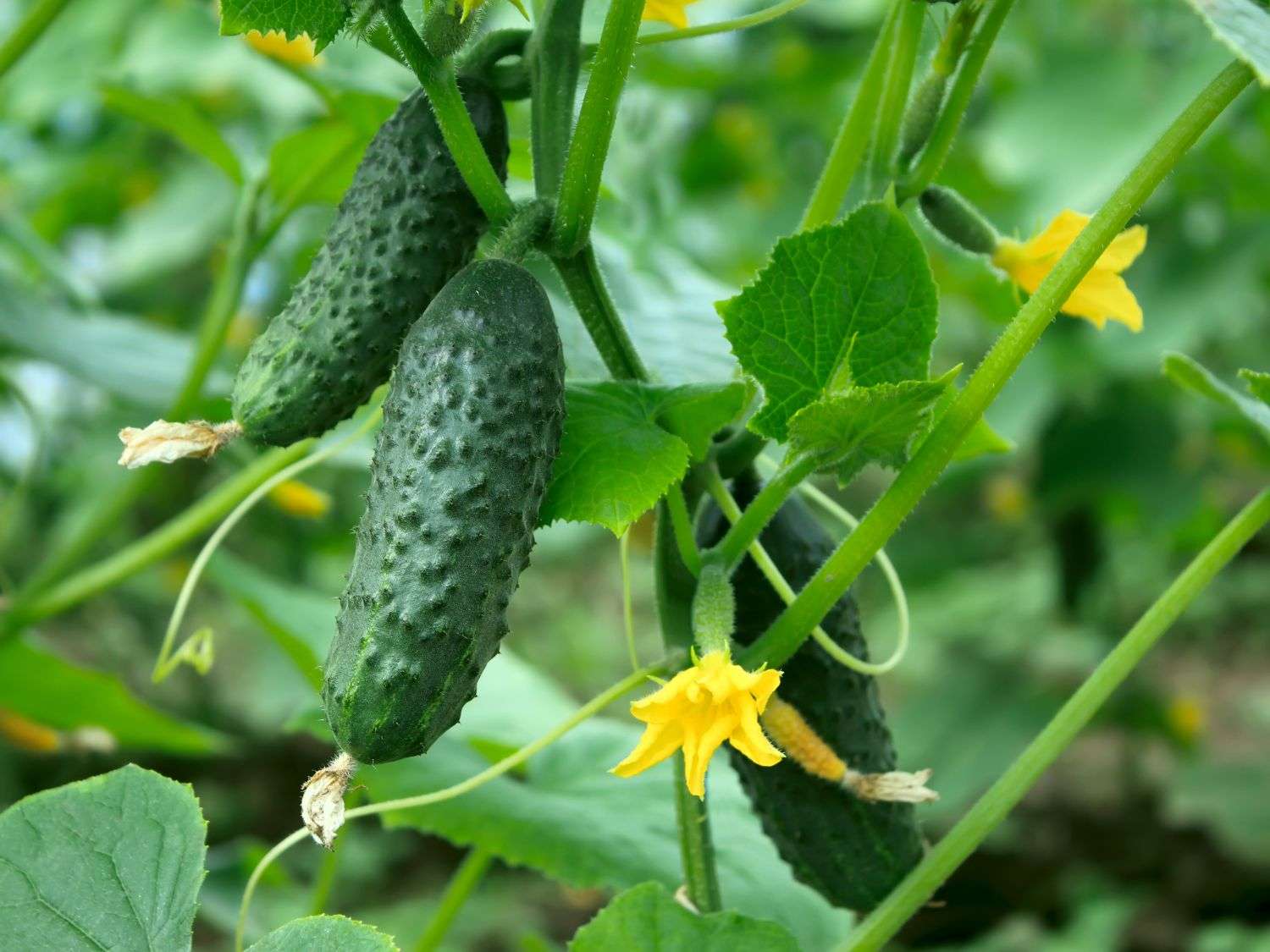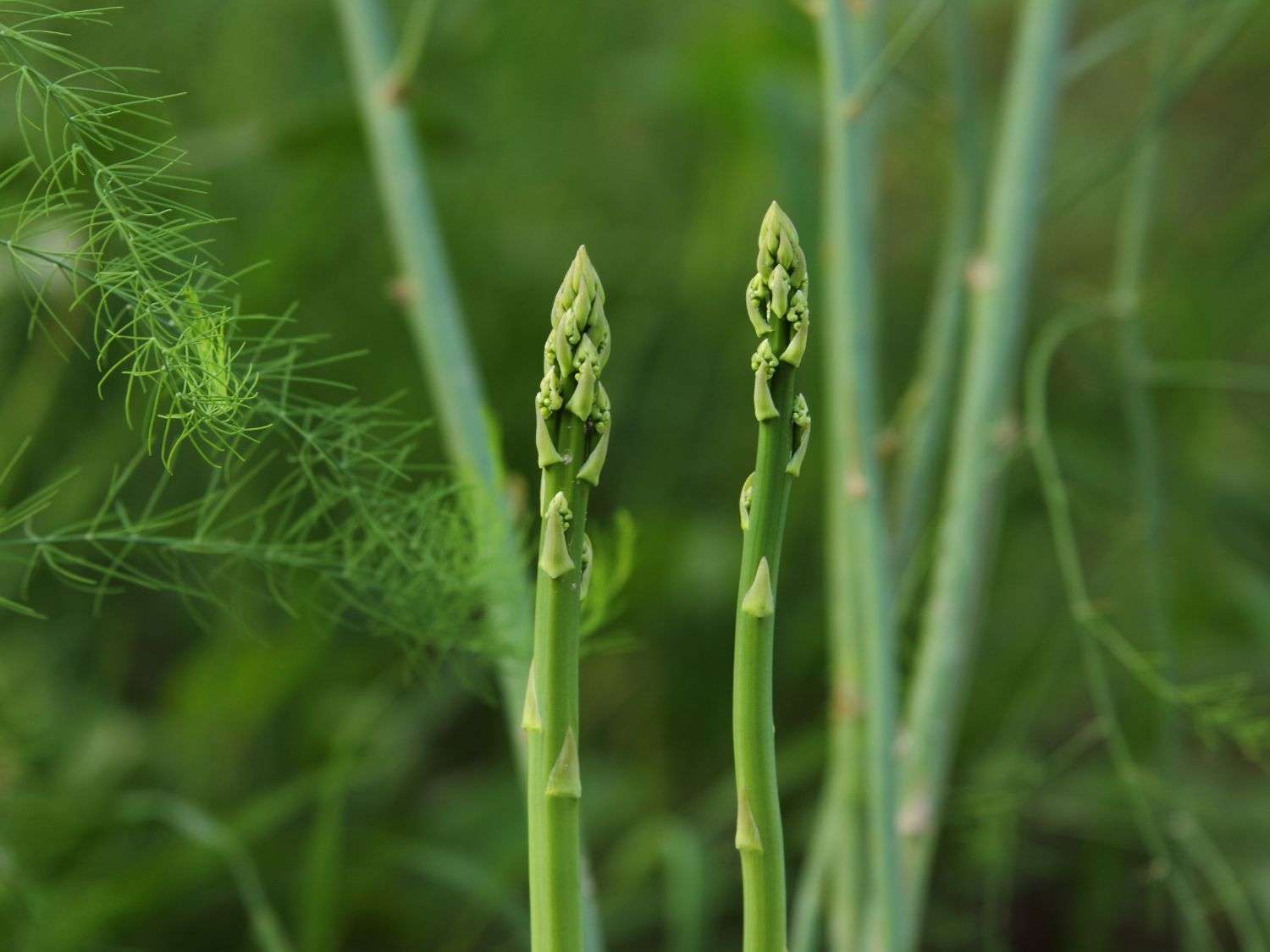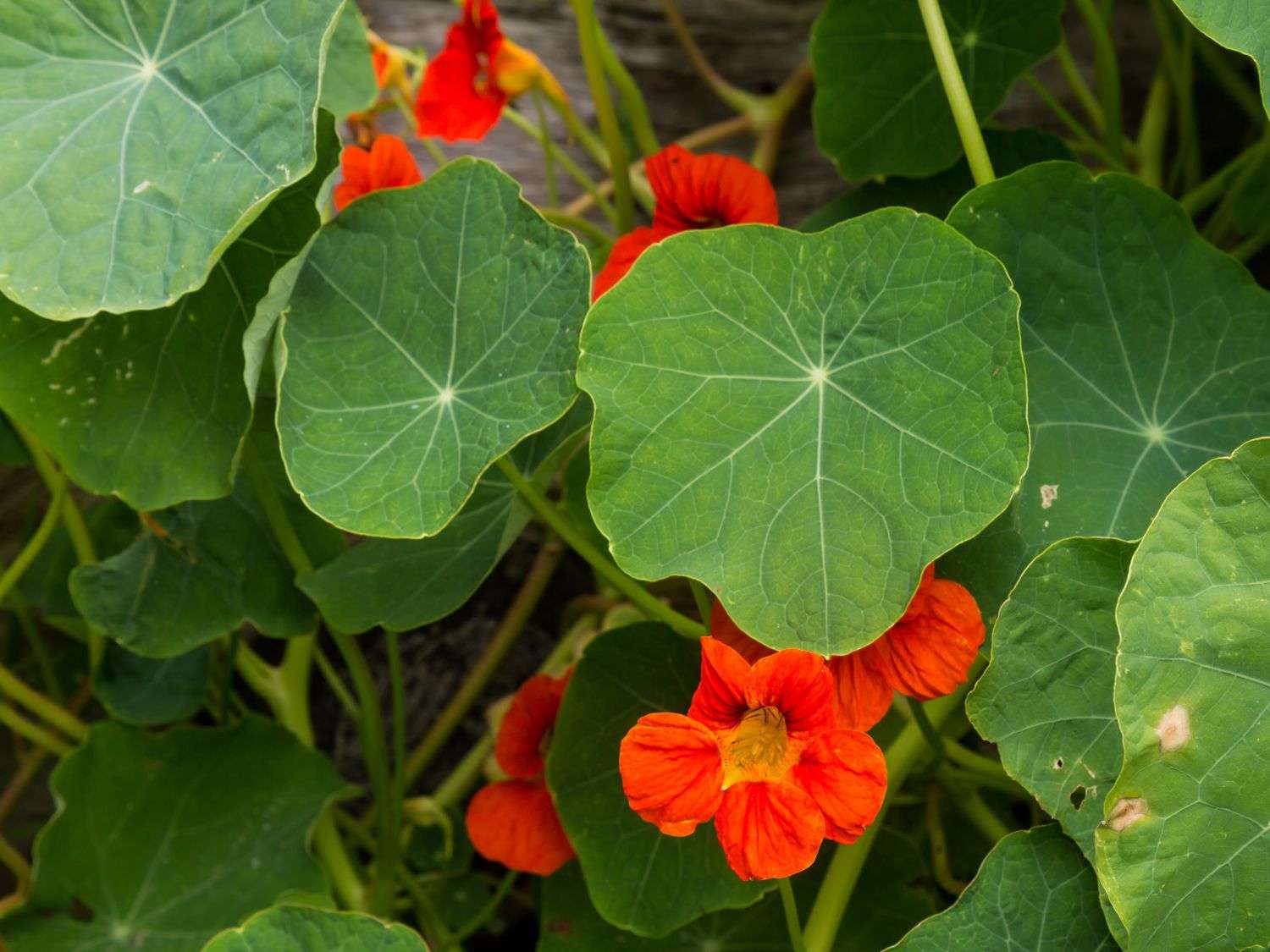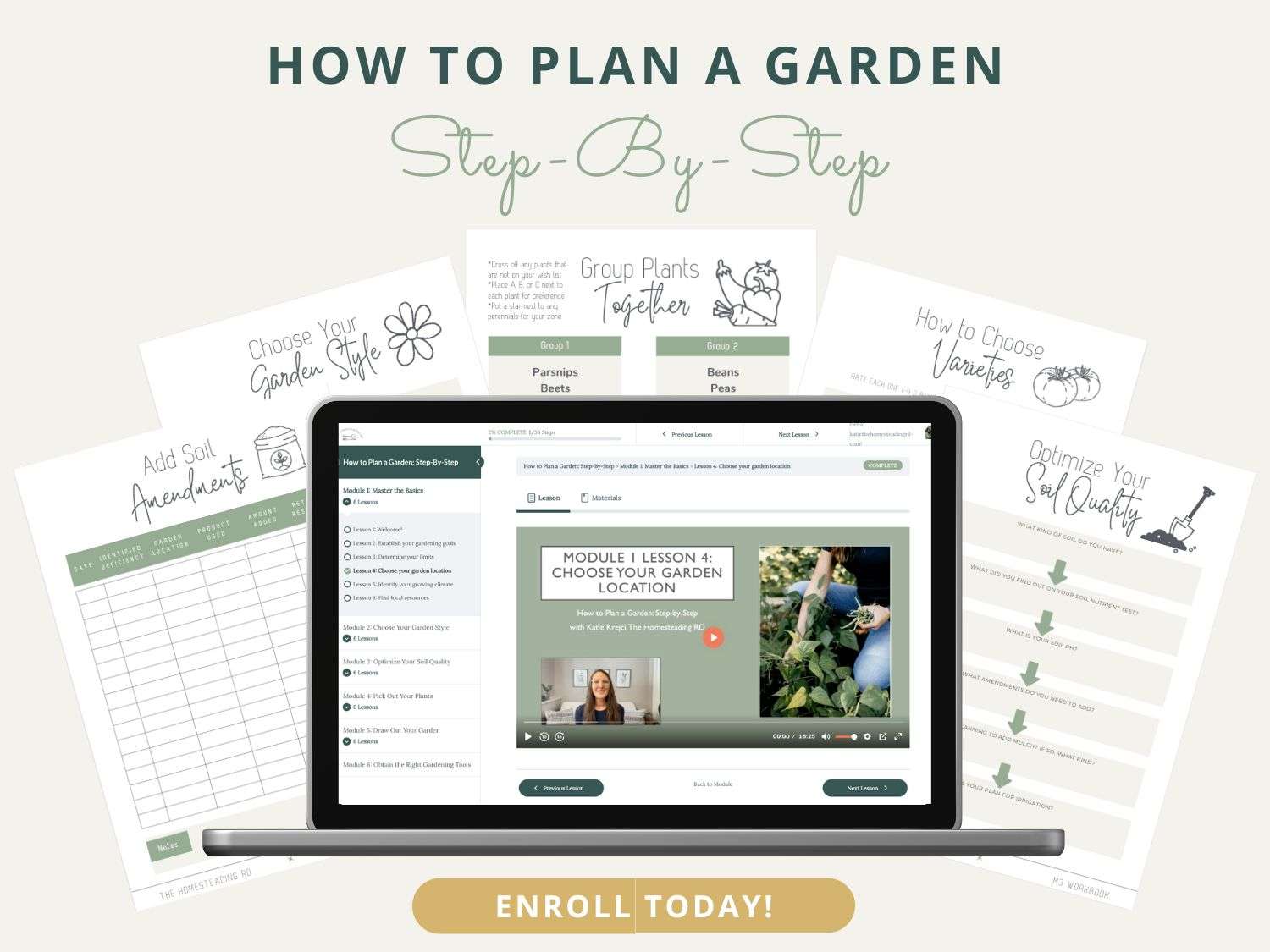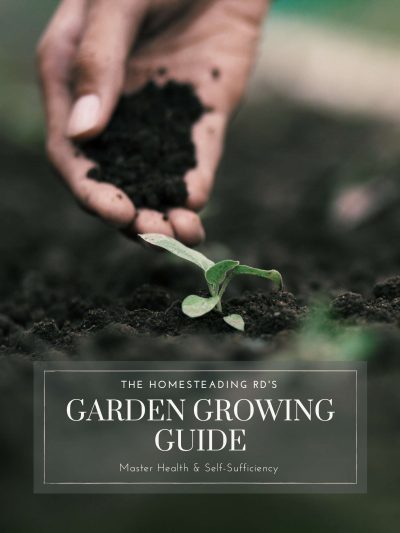Are you wondering what the best (and worst) dill companion plants are? Look no further; I’m here to help! Dill is an excellent addition to the garden as they attract predatory insects that will keep pests under control.
In this article, we will dig into the top 5 companion plants that greatly benefit from being planted near dill. These companions offer various advantages, but largely pest management – always a welcomed thing in the garden!
However, not ALL garden plants are dill’s friend. We’ll also go over two plants that should be kept at a distance from your dill patch. Let’s dive in!
*Disclosure: This post may contain affiliate links to products (including Amazon). I’ll earn a small commission if you make a purchase through my link, at no additional cost to you! Regardless, I only link to products that I personally use on our homestead or believe in.
What is Companion Planting?
Companion planting is the practice of placing specific plants together that live in harmony and benefit each other. There are a few different mechanisms in place that make improved growth and health a positive outcome.
Benefits of companion planting:
- Create a more diverse and resilient ecosystem
- Repelling pests
- Providing beneficial nutrients
- Improving soil quality
- Attracting beneficial insects
- Attracting pollinators
Companion planting also allows for closer plant spacing, which is great for those with limited garden space. Making the most of every square inch is always a win in my book!
The 5 BEST Dill Companion Plants
Dill is an excellent friend to have in the garden because it draws in predatory insects that will feed on the pests in your garden. It also attracts those lovely pollinators. Woo hoo! Let’s discuss the 5 best dill companion plants:
#1: Brassicas
The brassica family includes vegetables like cabbage, broccoli, kale, and cauliflower. This group is commonly plagued by the cabbage worm and aphids, causing extensive to its leaves. Dill is an effective companion plant to this family by attracting predatory insects to keep these pests at bay.
A study published in 2016 showed a 1.6-fold increase in predatory insects when using dill companion plants with a crop of kale. Not bad! *Of note, Marigolds took the cake with a 3.1-fold increase – throw a few of those in the garden as well!
#2: Squash
Squash can commonly become overrun with the pesky squash bug, but there is a solution! Do you know what LOVES to eat squash bugs? Parasitic wasps! One of the best ways to draw parasitic wasps in is to use dill companion planting – they love dill once it starts to bloom!
#3: Cucumber
Since cucumber and dill go together like peas and carrots (hello dill pickles!), it only makes sense that they’re friends in the garden as well. Cucumber beetles are a serious threat in the garden and guess what dill does to help out? It attracts the 2 main insects that LOVE to feast on cucumber beetles:
#4: Asparagus
While asparagus doesn’t necessarily benefit dill, the assistance goes the other way. Dill can be a HUGE help for asparagus, which is a sensitive plant that is often plagued with pests. Here’s what dill can do to help:
- Release aromatic compounds that repel pests
- Attract beneficial pollinators (especially the swallowtail butterfly!)
- Attract beneficial predatory insects
- Has a shallow root system, so unlikely to disrupt the deep (and sensitive) asparagus crowns
#5: Nasturtiums
The beautiful (and edible!) nasturtiums are a very common companion plant – benefiting most any plant out there! Dill already does a great job attracting beneficial pollinators and predator insects, so we may as well double our efforts by adding in some nasturtiums as well.
- Attract beneficial pollinators
- Attract beneficial predatory insects
- Can be used as a trap crop to keep the pests off of your other vegetables
- Provides a living mulch to reduce weed pressure and moisture loss
2 Plants to AVOID Planting Near Dill
Dill has a few enemies in the gardening world, so it’s best to leave these 3 vegetables away from your section of dill.
#1: Apiaceae family
The Apiaceae family includes things like carrots, fennel, caraway, and cilantro. Not all family members get along! It’s best to separate members of the Apiacea family. They attract similar pests, which can lead to a significant infestation. Secondly, some members can cross-pollinate with each other, resulting in funky combinations.
#2: Tomato
While some people like to use tomatoes as companion plants for dill due to their ability to deter pests, it’s not the best pairing overall. Once dill matures, it can actually inhibit the growth of tomato plants (and other nightshades). If you chose to plant tomatoes and dill together, pull the dill plants out before they mature.
Other Gardening Articles You’ll Love:
- 5 Best Pumpkin Companion Plants (and 3 to AVOID!)
- 5 Best Eggplant Companion Plants (and 3 to AVOID!)
- 5 Best Asparagus Companion Plants (and 3 to AVOID!)
- Rhubarb Companion Plants: Friend or Foe?
FAQ About Dill Companion Plants
What is the best kind of dill to grow?
My favorite varieties of dill to grow come from High Mowing Seeds
- Bouquet Dill – the best for producing those flower heads, which attract beneficial insects!
- Greensleeves Dill
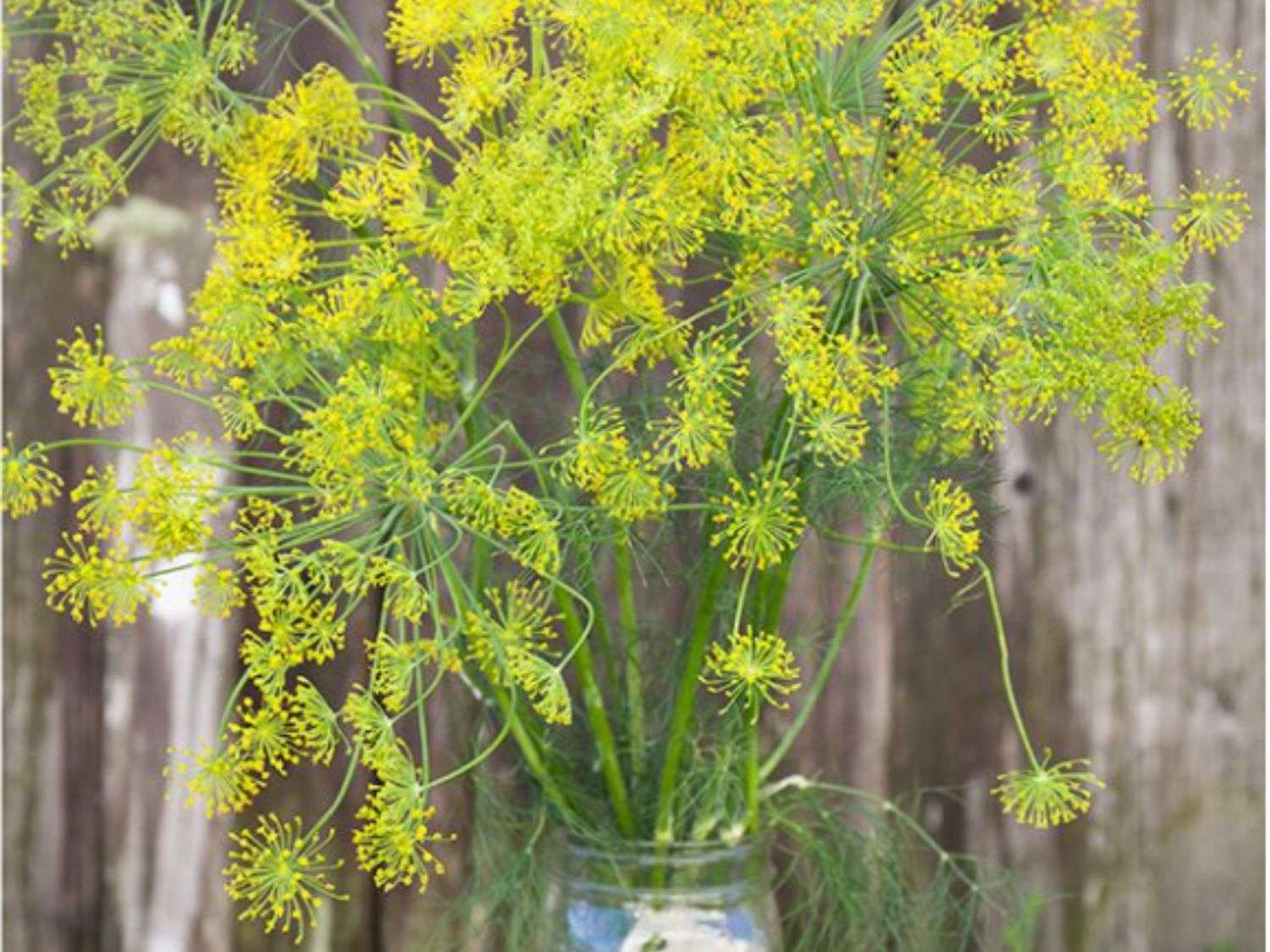
What can you not plant with dill?
There’s not much that you can’t grow with dill, but the few things to avoid are the nightshade and Apiaceae families.
What plants grow best with dill?
Most plants benefit from dill nearby, but the must-have companion plants include brassicas, squash, cucumber, asparagus, and nasturtiums.
Can you plant dill near tomatoes?
While some gardeners do this in order to attract predatory insects, it’s generally best to keep dill away from tomato plants. Mature dill can inhibit the growth of tomato plants.
Can you grow dill with cucumbers?
Yes, and you should! They are excellent companion plants
Final Thoughts
Companion planting is an excellent tool to capitalize on beneficial relationships between plants. Incorporating the 5 recommended companion plants can enhance your dill patch with natural pest control. It’s equally important to avoid the 2 plant adversaries to ensure success in your garden!
With these tips in mind, I hope your garden flourishes and your dill harvest will be bountiful this season. Happy gardening!
*Are you interested in starting a garden, but you’re overwhelmed with where to start? Or maybe you’ve tried a garden in the past, but it flopped? Definitely check out my course How to Plan a Garden: Step-By-Step! Don’t forget my discount code “GARDEN” for 10% off!
*Information in this article was referenced from personal experience and/or from my favorite gardening book: The Vegetable Gardener’s Bible, unless otherwise noted.
The Homesteading RD's Product Picks: | |
This is THE gardening book to have! I've had my copy for over 10 years and it's the one that I keep going back to time after time. It provides design ideas for raised beds, compost bins, you name it! Plus helpful tables for pH ranges, companion plants and more. | |

